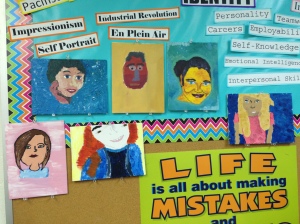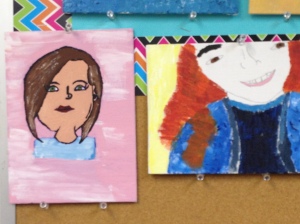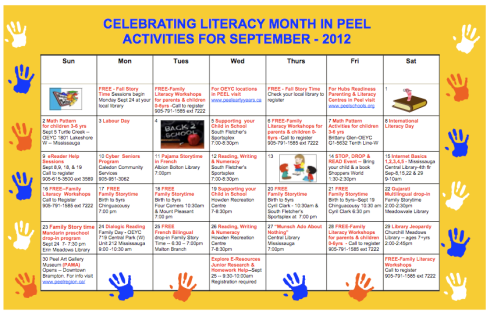I just turned 30. The build up was awful – I had all of these negative thoughts about not living up to my own goals and desires but had a sudden change in thinking when I realized – hey, I’m 30. I am a woman. Stop with the 20 something doubtfulness and be a woman. Very liberating.
In all of this, I really started thinking about all aspects of my life and one of the many topics that came up was my own identity as a sexual being. I have been speaking with other females and realized how afraid I was to even have this discussion, not only with them but with myself. As an educator, this got me thinking about myself a teenager and how little focus I give to sexual health in my own classroom. When I really allowed myself to consider who I am as a sexual being, I realized that I had some very negative ideas of what sex was and how it related to me as a woman. My personal beliefs concerning my self-image, how deserving I am as a person and what my personal needs were entangled into my own sexuality. It was then I realized that something needs to change about the way we address and educate young girls on sexuality. While it’s all good and well that we are teaching about safe sex practices – what we should first be teaching, no enforcing, is that females deserve to feel good about themselves and they deserve to have their needs and wants respected and listened to. This conversation, or training, or indoctrination, should then be followed up with very frank and open conversations about sexual health and practices. What good is teaching girls the purpose of using condoms if they don’t first value themselves enough to enforce using the protection in a vulnerable moment? The preventative information is important. We should be teaching all young people about how to stay safe and healthy. There is so much more though that we don’t talk about that is just as important when it comes to sex and an openness and honesty that we should be fostering concerning our own sexual needs and health. Just as an example – Masterbation. It seems a common conversation for teenaged boys to have, even if just in jest, but never did I ever discuss masterbation with friends as a teenager or in my twenties. Why? For me, it felt inappropriate, it was just not something that you should not talk about ever with anyone. It’s this kind of closed mindedness that leads to females devaluing their own needs and wants. As educators, youth workers, social workers, parents and mentors we need to encouraging open and honest conversations (without shame) about everything – including sex. I am guilty of not including the topic enough over the years in my classroom. I am not a gym teacher, so naturally I didn’t have a sex health unit in my history or drama classes, but there were ways that I could have introduced the topic and let my students know that as an adult I am someone who they can talk to about anything (including sex) without judgement if they needed to.
On that note – I know that this is old news and that many people are already doing great work in this area. So, I am interested to learn about sexual health programs for girls that are addressing these issues openly and without shame. I’d love to hear from you about what programs you’ve seen that are most effective and focus on personal self-worth as part of the learning.
In the meantime – Meet Laci Green, she inspired this posting. If you have a young female in your life that looks up to you why not watch these videos together and let them know – guess what you’re awesome and so am I and this sex stuff is part of life so lets talk about it… like we would talk about any other part of life!
Check out her facebook…
https://www.facebook.com/officiallacigreen
and Tumblr…
Here are some other great resources to share that I found on upworthy.com (an awesome website if you’ve never been).














